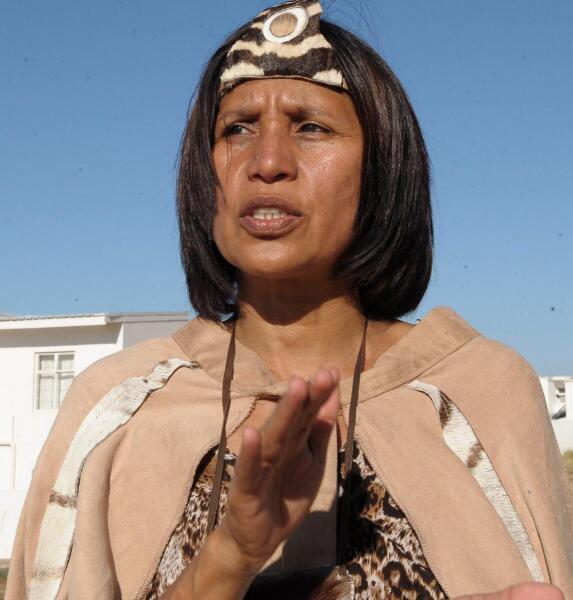The legislation formally recognises the Khoi and San and ultimately paves the way for representatives to join the National House of Traditional Leaders in Parliament.
THE TRADITIONAL and Khoi-San Leadership Act, which came into effect on Thursday, has been met with mixed feelings about what the law means for these indigenous people.
The legislation formally recognises the Khoi and San and ultimately paves the way for representatives to join the National House of Traditional Leaders in Parliament.
It’s been decades in the making and was facilitated by the National Khoi-San Council (NKC) which lobbied government for the formal recognition.
The council’s chairperson, Cecil Le Fleur, said: “It is indeed a very great achievement for Khoi and San people… have never been formally recognised both in colonial times, through apartheid and even in the new dispensation.”
He added: “Last month we met with the president at Tuynhuis and I raised the issue of land with him. I asked him to involve the Khoi and San people in all the structures that deal with the land issue… the redistribution of land and he promised that this will be the case from now on.”
Currently, there are various Khoi and San groups and clans that have formal and informal hierarchies and chiefs.
With formal recognition from government, the next step is a seat in Parliament’s House of Traditional Leaders which would be created through municipal and provincial structures.
Le Fleur explained that the first step is for the Commission of Khoi and San Issues to be established.
The commission will be composed of judges, historians and even anthropologists that have specific skills and knowledge of the traditions and cultures. Khoi and San leaders would need to make submissions to this commission to gain formal recognition as an indigenous community.
Le Fleur said: “Those who are recognised will be able to form their own traditional councils, and in a municipal region there may be many such councils in different towns in a municipal area.
“Those councils come together and form a local house and the different local houses within a province will come together and appoint people to serve on the provincial council. Out of the provincial councils, the representatives for the national council will be appointed.”
But not everyone is convinced that the law will make a difference
Chief Tania Kleinhans-Cedras from the Cochoqua clan said the entire process was flawed.
She said: “Why would this government be that inclusive if every other act that they have passed, post 1994, speaks to the advancement of a particular race group?
“They don’t speak to the advancement of all of South Africa.”
She added: “We cannot be included with traditional leadership, the second error is that there needs to be constitutional reform.
“If you look at the legal framework for this act, what laws are they going to apply, how are they going to regulate this act?”
Kleinhans-Cedras said that this legislation has been done in complete isolation as to the rest of government policy: “There is not one act, not one piece of legislation from Parliament that speaks to the advancement of the First Nation people of this country.”
Angered by the fact that clans would need to submit to a formal recognition process, Kleinhans-Cedras said: “Whoever goes to Parliament… that person is a traitor, a sell-out and that person would not represent us, nor any of our ancestors who laid down their lives.”








